Did you know that the turbocharger on your generator’s engine does a whole lot more than just allow the engine to develop more power?

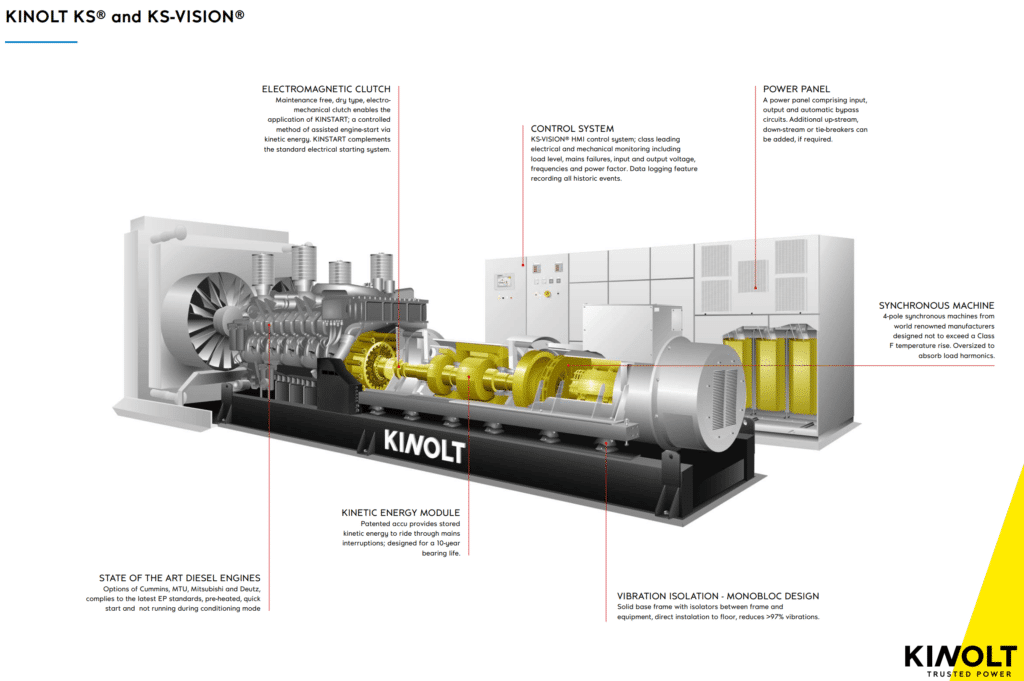
D-UPS stands for Dynamic Uninterruptible Power Supply. It can also be referred to as a dynamic rotary uninterruptible power supply (DRUPS) or as a flywheel energy storage power system.
So what is it and what does it do?
Many data centers, hospitals, and other industries that depend on stable electric power have back up emergency generators for when the power grid fails as they simply cannot tolerate a power failure. To complicate things further, many of these industries cannot tolerate a power source that falls outside a narrow performance tolerance.
The default solution to this situation has been to power these critical applications through an Uninterruptible Power System or UPS that is battery based. Basically, utility power runs a battery charging system which charges a large battery bank. The battery bank then powers the critical loads by converting its DC power to highly stable AC power using a DC to AC inverter.
Although these systems have many advantages and have a proven track record in some industries, they do have many shortcomings, including the need for massive battery banks capable of storing enough power to last during an extended power grid failure.
The D-UPS eliminates the need for costly and finicky battery banks while still providing a highly dependable and stable power supply for critical loads. Basically, a D-UPS is a combination of an electric motor (which also doubles as a generator), a flywheel, a diesel engine, and a reactor (or choke coil).
A D-UPS system depicted in the diagram below.
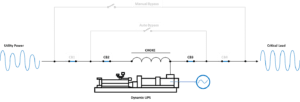
Essentially, utility power is fed into the D-UPS system. It powers an electric motor which spins a large electro-mechanical flywheel. This flywheel stores kinetic energy. The electric motor, in conjunction with a choke coil, works as an active filter and removes power quality problems from the utility power (e.g., harmonics, RFI, frequency variations, etc.).
When the utility power fails, the stored kinetic energy in the flywheel is released and powers the electric motor which now becomes a generator. This generator now provides uninterrupted power to the critical load. At the same time, the diesel engine fires up and, within 2 to 10 seconds, takes over from the flywheel to drive the generator providing sustained, uninterrupted, stable power for the critical systems downstream.
If you are involved in the construction of a new facility that requires high quality, uninterruptible power or if you looking at upgrading your existing back up power systems it is worth considering a D-UPS system.
Collicutt is able to work with you in doing the evaluation and we are able to provide the Kinolt D-UPS system through our association with MTU. If the evaluation determines that a static UPS is required, we can work with you to provide the backup generators for this system.
We currently maintain over 360MW of power generation equipment for data centers in California and many of these are D-UPS systems from various manufacturers.
If you have questions about your existing power generation system or would like to inquire about a new system, give us a call. We are always glad to help!

As most people in the business know, Collicutt Energy has always been a top tier Waukesha service provider and a leader in the Waukesha rebuild market providing top quality products globally in the power generation and oil and gas industries.
We are pleased to announce that a new Gold Power Generation Solution Provider agreement has been signed with INNIO Waukesha Gas Engines. Through this agreement, Collicutt has factory-direct access to new, genuine Waukesha engines and support capabilities, including startup, commissioning and warranty services in the US and Canada.
This program allows Collicutt to offer Waukesha’s rich burn, low emission engines, including the newly launched 1MW VGF P48SE, VHP Series Five, and 275GL+ with ESM2. Waukesha’s fuel flexibility and ability to provide fast-start, reliable power generation for commercial and industrial, oilfield, standby and prime power applications.
This is an exciting opportunity for Collicutt as we work together with Waukesha to grow their market position in North America!
Refer to the links provided below for more information on Waukesha projects that Collicutt recently completed:
We are an essential business and open to meet all of your power generation, engine, and fabrication needs! Service, parts, sales, and rentals . . . call us or email us for details!
Collicutt Energy Services – Powering tomorrow through unrivaled solutions!
1-888-682-6888 or info@collicutt.com
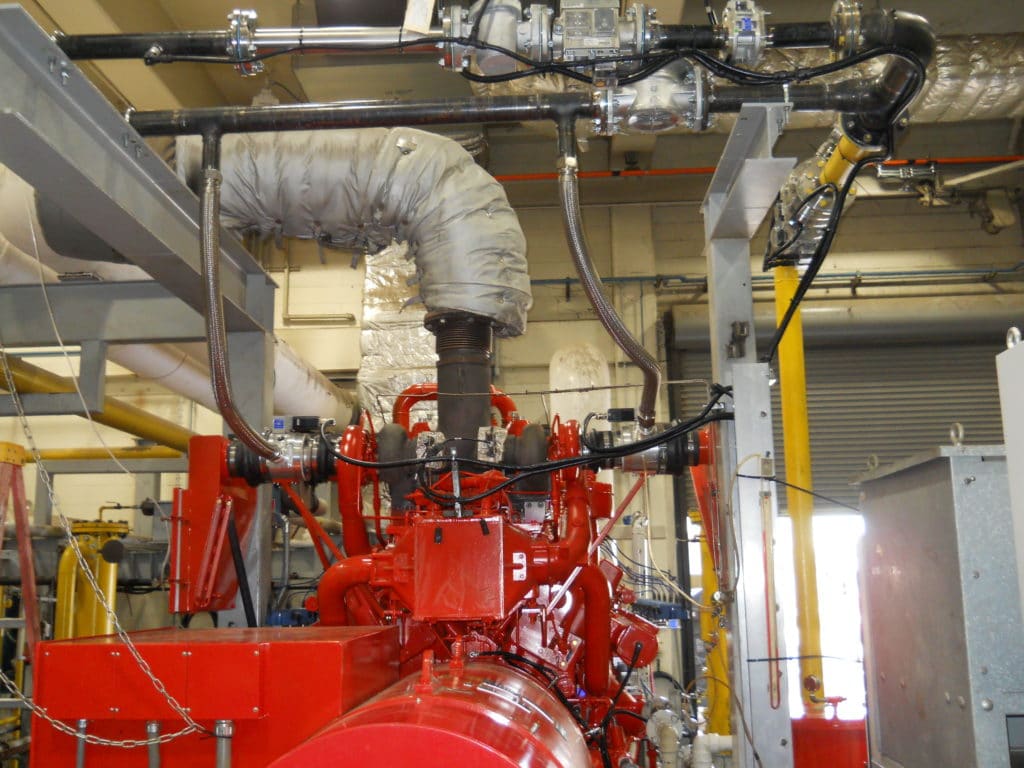
Air quality management districts, AQMDs, are continually updating their standards for reciprocating engines and the resulting emissions. Although the changes are made with the best intentions (e.g., reducing airborne pollutants), these changing standards often impose large technical challenges and require equipment upgrades or replacements which adds unexpected costs for business and industries.
This is the situation one of our wastewater treatment customers found themselves in when a change in their local AQMD regulations instigated a large change in what was allowed for natural gas combustion.
This wastewater facility had three large CHP systems that used off-gas from the wastewater (produced through a digester process) as the main fuel source and natural gas as a backup fuel source. The CHP system provides electrical power for the plant, electrical power for the utility grid, and heat for the digester. The system had a combined electrical/mechanical efficiency of around 90% while removing GHG emissions from the environment so it was critical that it continue to run!
The challenge that the new AQMD ruling created was that the allowable natural gas consumption in their engines was changing from 100% to only 49%. However, the engines were originally designed with a dual fuel system that could run on either 100% natural gas or 100% digester gas but not a blend of the two fuels.
This change in allowable fuel ratios caused a big issue with the plant operations! (more…)

How do you know your emergency generator will work when the power grid fails? You have invested all this money in a back up generator but what assurance do you have that it will work when you need it most?
We have all heard the stories of businesses that have had to stop production or send employees home because of power failures. Then there are the situations where power failure puts the organization at risk of loosing their inventory or even the extreme case of risk of life at a health care or elder care facility.
The loss of power for any business or organization is not an acceptable outcome!
So what can you do to make sure your back up generator is ready for use?
One of the best things you can do to ensure your emergency generator is ready for service is to complete a periodic load bank test. A load bank test evaluates the generator’s performance by simulating up to 100% of the generator load within a controlled environment.
When a load bank is performed on your generator it:
Rather than just assuming that your backup generator will work properly when the power fails, take action now and have your generator load banked. Technicians will monitor all aspects of your generator during the load bank process and identify any areas needing adjustment or repair. This will prepare your emergency generator for any utility power outage!
Call us if you need any assistance with load banking. We have factory trained technicians and load banks ready to provide service to any make or model of generator!
Also, check out these related posts for more generator maintenance tips:

A Diesel Particulate Filter, or DPF for short, is a special filter on the exhaust system of a diesel standby generator. This filter removes particulates from the exhaust of a diesel engine and entraps them so that they do not pollute the air. This pollution control device is a critical component in your emergency backup generator and it is mandated, permitted, and controlled by the local AQMD in California.
There are thirty-five AQMDs, or Air Quality Management Districts, within the state of California and they regulate the air quality management guidelines within their designated area in the state. Each AQMD has their own requirements for air quality so a generator equipped with a DPF in one AQMD may not be mandated in another.
Like most components of a generator, DPFs require preventative maintenance measures to ensure a long operating life. Failure to implement basic operating procedures and maintenance measures may result in the premature failure of your DPF, generator downtime, and cost you tens of thousands of dollars in repair bills!
But, before we get to those important details, we will dive into the specifics of what a DPF is, how it operates, and why it is required. (more…)
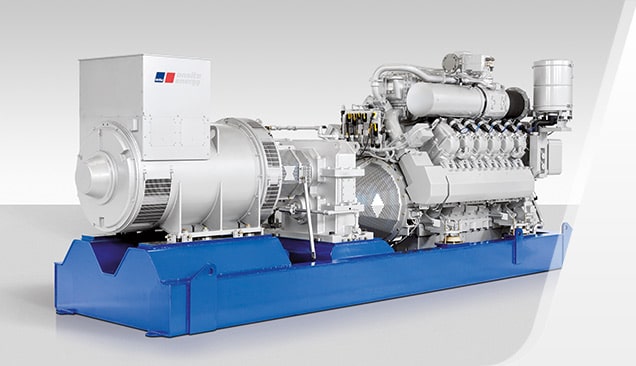
ISO-8528-1 is the International Standard Organization’s standard for “reciprocating internal combustion engine driven alternating current generating sets.” Now that is a mouthful!
More simply stated, ISO-8528-1 is an internationally recognized standard for engine powered generators.
So why should you care about this and how does it impact you? (more…)

In today’s world of infinite features, gadgets, and widgets it can be difficult for a consumer to cut through the noise and truly differentiate products!
It seems that the more expensive the product, the tougher this differentiation becomes! As the initial purchase price climbs, the temptation for the purchaser is to make a selection based solely on the initial purchase price.
However, this is often a big mistake!
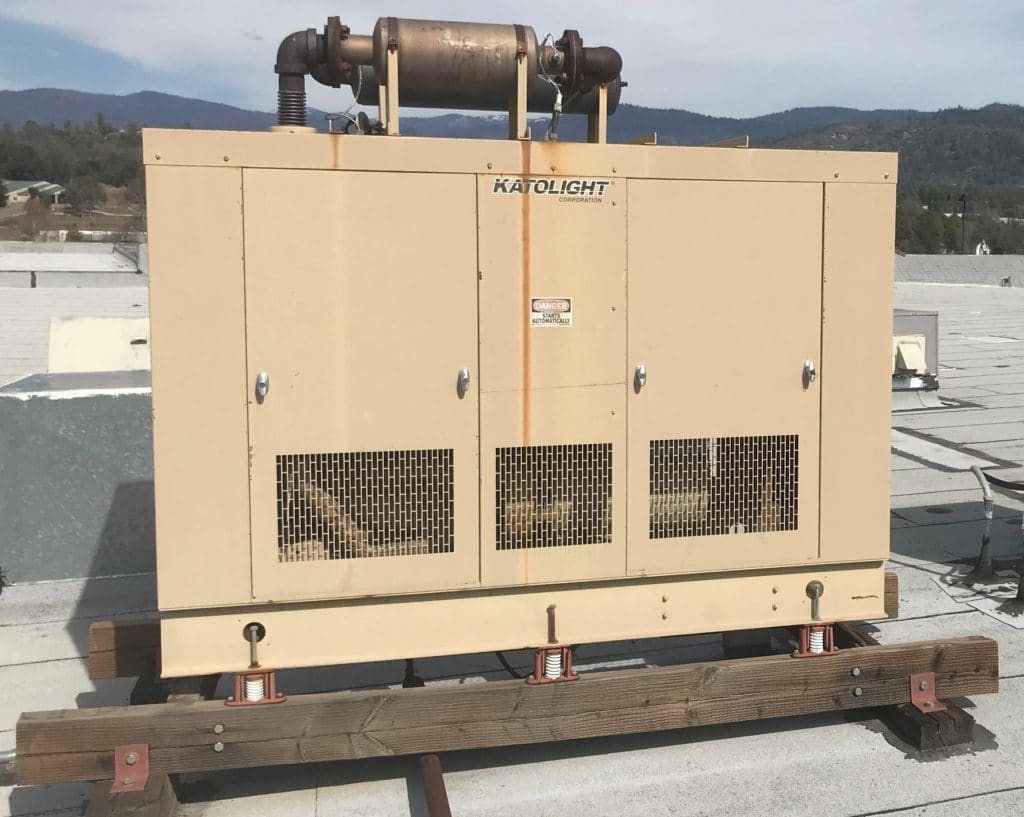
As we discussed in a previous post, the most common cause of emergency generator failure is battery issues!
Your emergency generator relies on electric power to start. This electric power is supplied by the generator’s battery. If the battery has failed or lost its charge, your generator will not start!
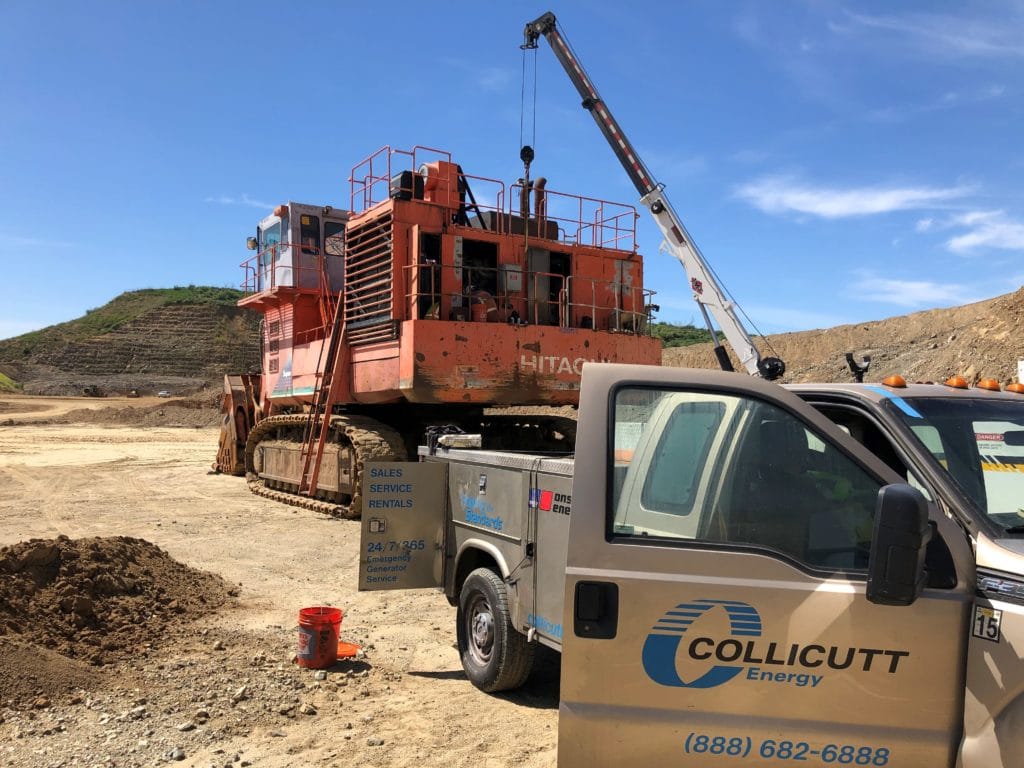
Most people know that one of the quickest ways to destroy an engine is to run it without oil. An even faster way to destroy your engine is to ramp it up to full load in ten seconds or less without proper lubrication!
Did you know that most emergency generators are configured to ramp up to full load within seconds when there is a utility power failure?
If your generator has not been properly maintained or does not have an oil pre-lube system installed to ensure that the engine is always lubricated and ready for a fast start, your investment here may be at risk!
Over the years, we have helped a number of customers whose large emergency generators have been compromised because the engines have been inadequately lubricated.
In many of these cases we were looking at 1 MW or larger gensets where the customer had spent over $1M on their emergency power systems. The engine replacement on these units was pushing $500,000. Fortunately, we were able to repair the compromised engines at a fraction of the complete replacement cost.
But it begs the question, what can you do to avoid this situation and the costly repair that goes along with it? (more…)